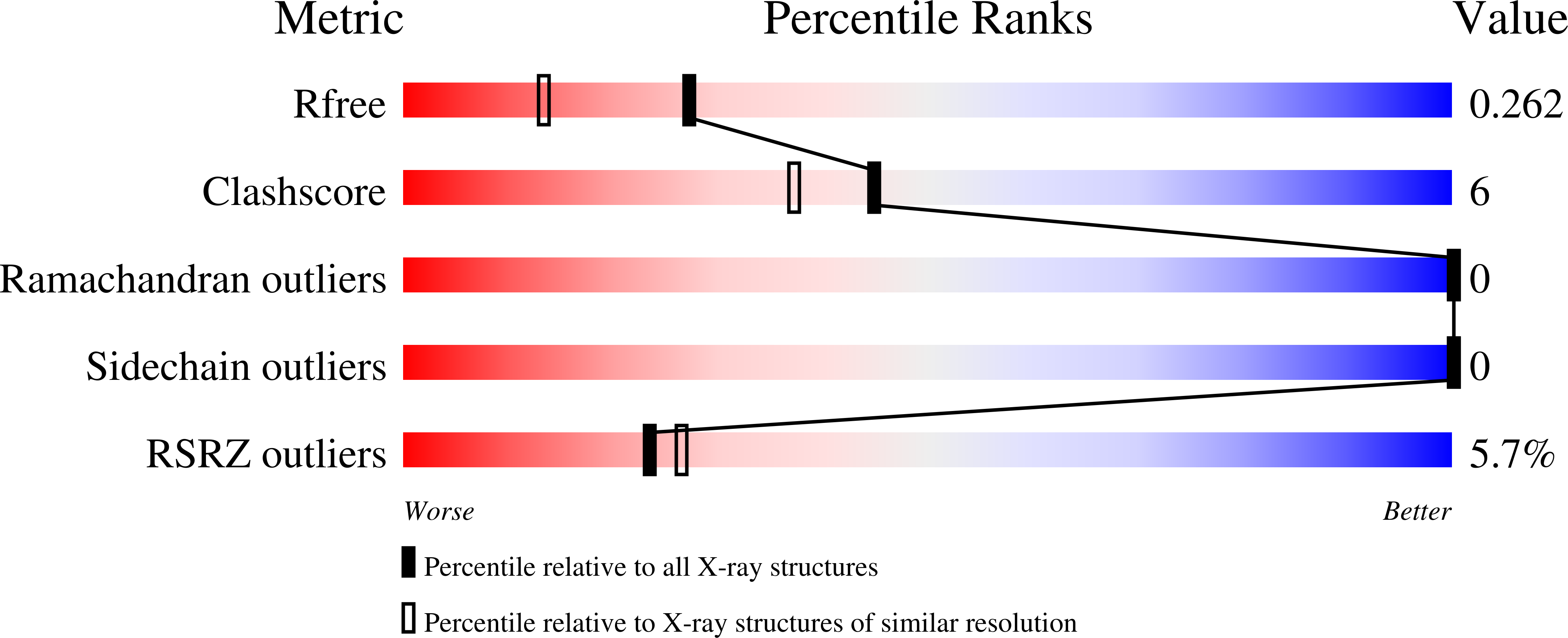
Deposition Date
2022-12-08
Release Date
2024-05-08
Last Version Date
2024-05-15
Entry Detail
PDB ID:
8FFF
Keywords:
Title:
Crystal structure of Staphylococcus aureus D-alanine D-alanine ligase enzyme in complex with acetate
Biological Source:
Source Organism:
Staphylococcus aureus (Taxon ID: 1280)
Host Organism:
Method Details:
Experimental Method:
Resolution:
1.92 Å
R-Value Free:
0.25
R-Value Work:
0.20
R-Value Observed:
0.21
Space Group:
P 2 21 21


